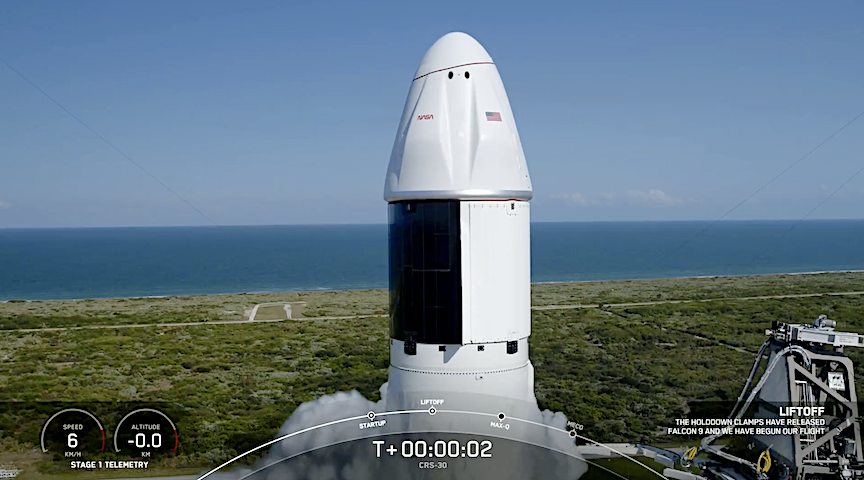
On Thursday, March 21 at 4:55 p.m. ET, Falcon 9 launched Dragon’s 30th Commercial Resupply Services mission (CRS-30) to the International Space Station from Space Launch Complex 40 (SLC-40) at Cape Canaveral Space Force Station in Florida. Following stage separation, Falcon 9’s first stage landed at Cape Canaveral Space Force Station Landing Zone 1 (LZ-1).
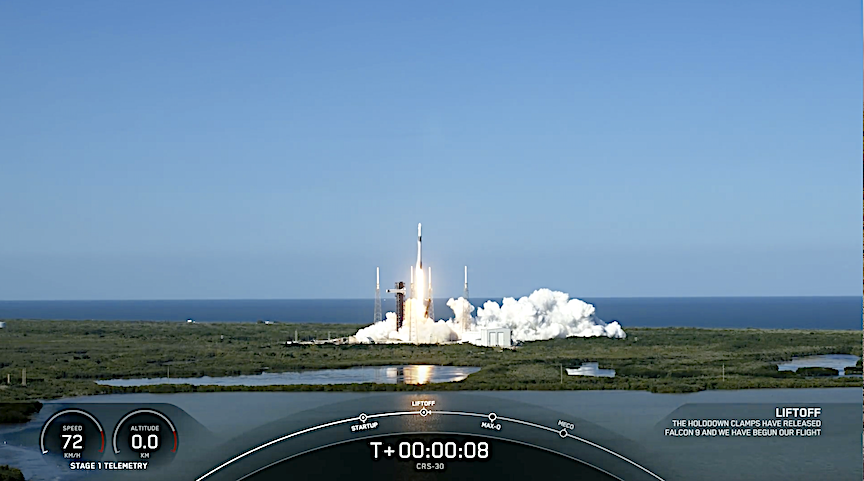
Besides conducting various science experiments, Crew-8 will be receiving welcome food supplies including coffee. “They have two coffee kits, which I would probably be the most excited about,” Heidi Parris, associate program scientist at NASA’s International Space Station Program Research Office, said during a Tuesday afternoon media conference. “The crew requested those, so we’re making sure we get them some fresh coffee.”
Dragon will autonomously dock with the space station on Saturday, March 23 at approximately 7:30 a.m. ET. Watch live coverage of docking starting at 5:30 a.m. ET on NASA’s website.
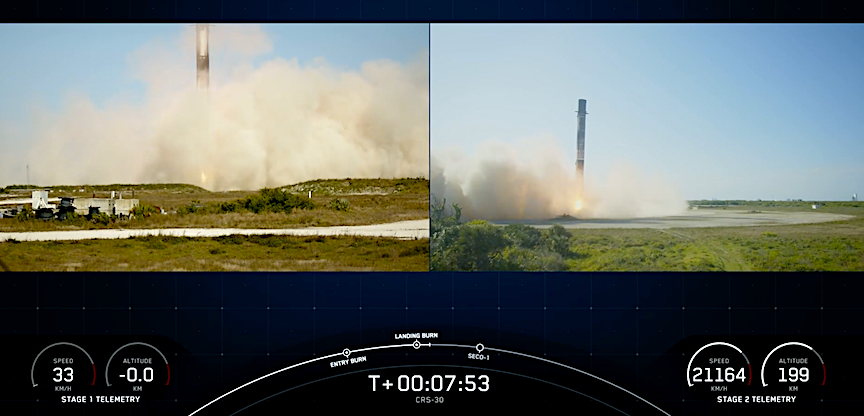
On its flight to the International Space Station, Dragon executes a series of burns that position the vehicle progressively closer to the station before it performs final docking maneuvers, followed by pressurization of the vestibule, hatch opening, and crew ingress.
From NASA ‘To The space station’
Following a successful launch of NASA’s SpaceX 30th commercial resupply mission, new scientific experiments and technology demonstrations for the agency are on the way to the International Space Station, including studies of technologies to measure sea ice and plant growth in space.
SpaceX’s Dragon resupply spacecraft, carrying more than 6,000 pounds of cargo to the orbiting laboratory, launched on the company’s Falcon 9 rocket at 4:55 p.m. EDT Thursday, from Space Launch Complex 40 at Cape Canaveral Space Force Station in Florida.
The cargo spacecraft is scheduled to autonomously dock at the space station on Saturday, March 23, at approximately 7:30 a.m. and remain at the orbital outpost for about a month.
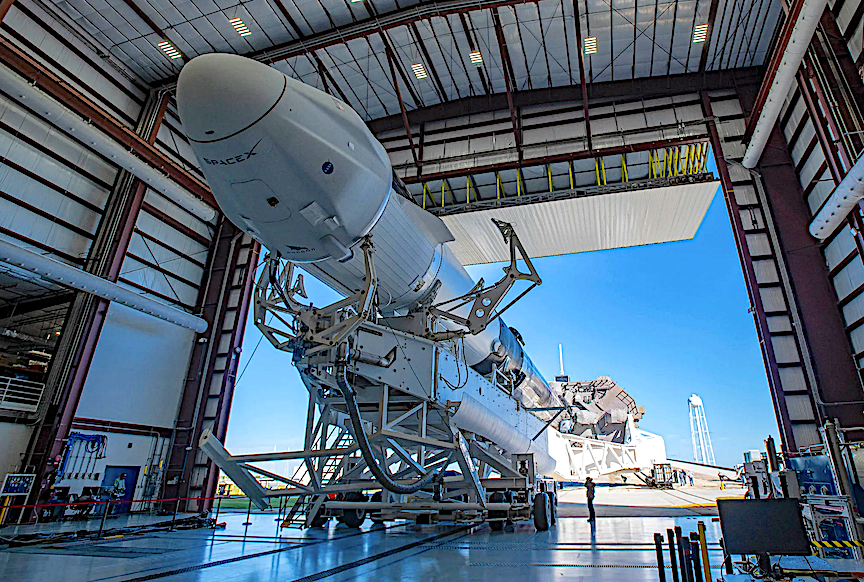
Live coverage of the arrival will begin at 5:30 a.m. on NASA+, NASA Television, and on the agency’s website. Learn how to stream NASA TV through a variety of platforms.
The Dragon will deliver a new set of sensors for Astrobee robots to support automated 3D sensing, mapping, and situational awareness functions. These systems could support future Gateway and lunar surface missions by providing automated maintenance and surface scanning using rovers. Additionally, the spacecraft will deliver BurstCube, a small satellite that is designed to study gamma-ray bursts that occur when two neutron stars collide. This satellite could widen our coverage of the gamma-ray sky, improving our chances of studying bursts both with light and gravitational waves, or ripples in space-time, detected by ground-based observatories.
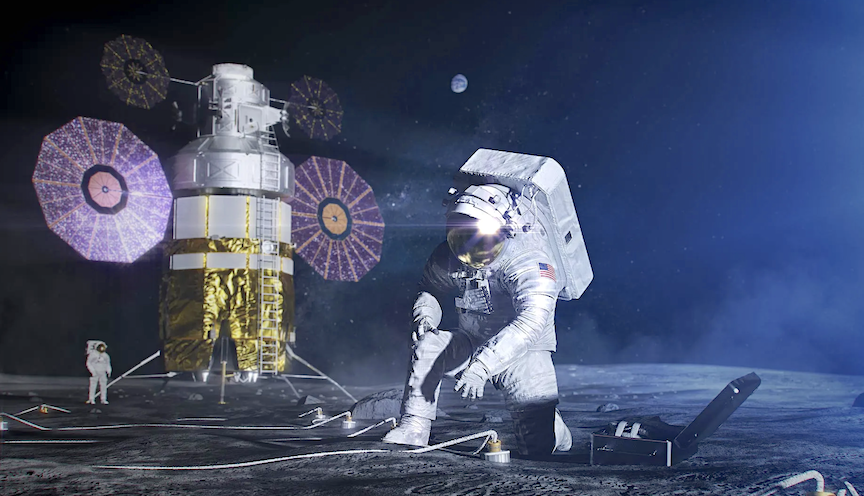
Finally, the spacecraft also will deliver sampling hardware for Genomic Enumeration of Antibiotic Resistance in Space (GEARS), an initiative that will test different locations of the space station for antibiotic-resistant microbes. In-flight gene sequencing could show how these bacteria adapt to the space environment, providing knowledge that informs measures to protect astronauts on future long-duration missions.
These are just a few of the hundreds of investigations conducted aboard the orbiting laboratory in the areas of biology and biotechnology, physical sciences, and Earth and space science. Advances from this scientific research will help keep astronauts healthy during long-duration space travel and demonstrate technologies for future human and robotic exploration beyond low Earth orbit to the Moon through NASA’s Artemis campaign, in advance of the first crewed mission to Mars.
Learn more about NASA commercial resupply services missions
